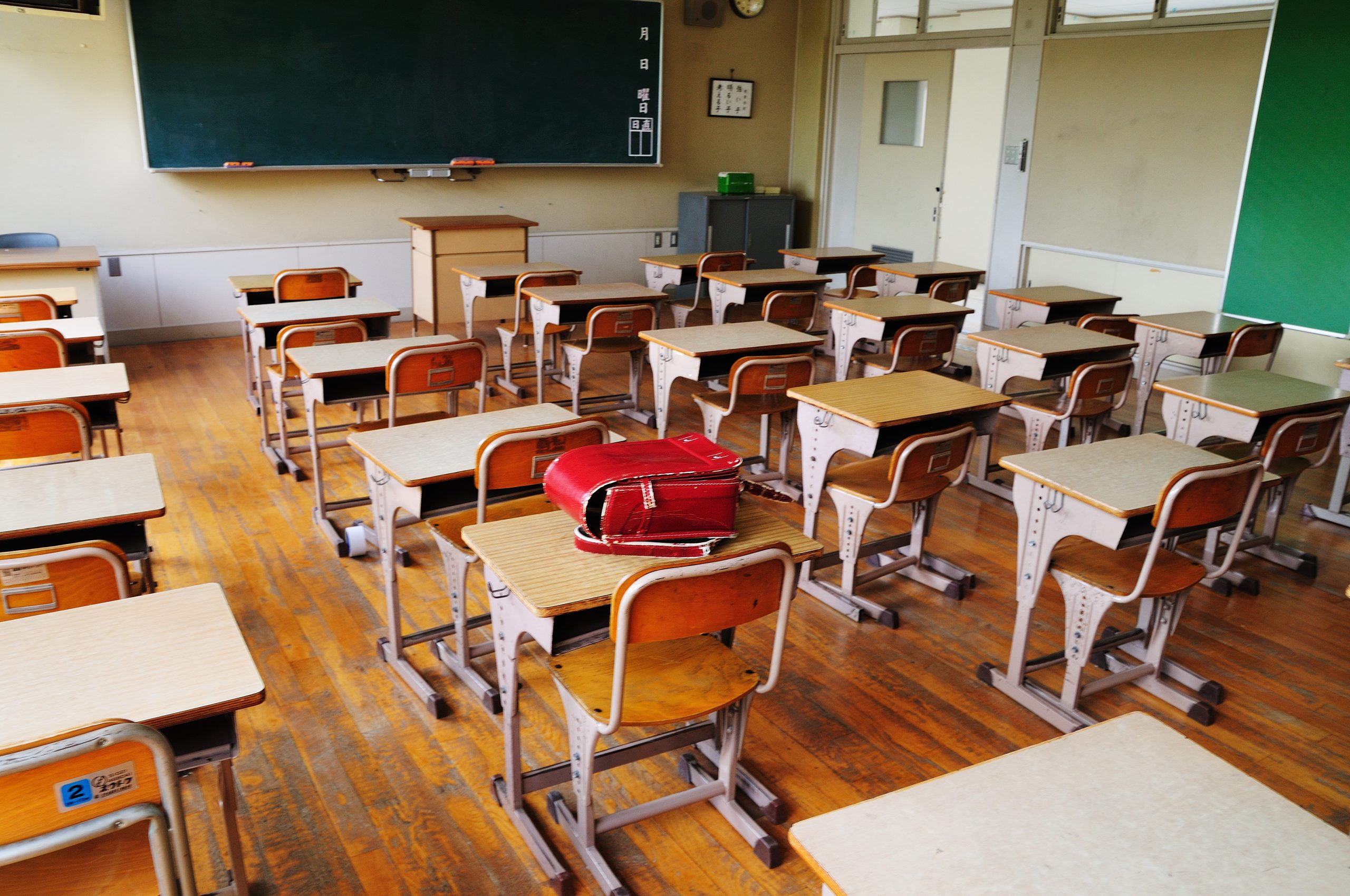Based on a report by Ballymun Youth Action, entitled “It’s only weed”: Rethinking our response to young people’s cannabis use.
There has been increasing research attention to various aspects of cannabis and cannabis use in recent years. Concerns have been raised about the longer term impact of regular or significant cannabis use on young people’s cognitive functioning, educational attainment and employment prospects (Bond et al., 2007). The social, cultural and economic context within which young people use cannabis may also be important in terms of continued use and long term impact. For urban areas that are poorly resourced and isolated from wider social norms, cannabis use is often simply part of growing up and a feature of daily life rather than being connected to any recreational setting or activity (Ross & Davies, 2011). Within Ireland, increases in the potency and availability of cannabis, together with increased liberalisation of cannabis use (Smyth, 2016) has resulted in community and agency concerns about the impact of this substance on some young people in many of these areas.
This action research project sought to explore the prevalence and use patterns of cannabis amongst a range of cohorts of young people living in an urban community in Dublin, Ireland. A rapid assessment approach (Varker, 2015) was used, with a CUPIT (Bashford et al. 2010) questionnaire administered to two cohorts of young people in supported education settings (n=73) and one cohort who were not engaged in any education and were visible in the community (n=23). The questionnaire was administered by a team of 7 community based practitioners over a 12 week period and data was then collated and analysed.
Over 60% (n=58) of respondents reported using cannabis, with 60% (n=35) of these using daily. Daily use ranged from 0.25 grams or less (6% of daily users, n=2) to 2.00 grams or more (69% of daily users, n=24). Respondents using daily reported spending significant amounts of time each day under the influence of the substance. Just under 20% of daily users (n= 10) reported drug debt due to their cannabis use. Reasons for using included finding the effects of cannabis relaxing, to relieve boredom and to help with sleep. Weekly drug spend and related drug debt emerged as key issues for young people, as well as possible engagement with the drugs economy in order to fund use. Nearly 60% of the young people had considered making positive changes to their cannabis use in the previous three months. The main reasons for considering positive change were to improve their financial situation, to improve the possibilities of paid employment and to improve physical health.
Key concerns emerge from these research findings in relation to young people and cannabis use within socially excluded communities. Young people spoke about using cannabis in order to: promote relaxation and alleviate boredom; to reduce anxiety and help with sleep difficulty; and to help them cope with life stressors and problems. Previous research has also used cannabis prevalence figures as a measure for cannabis normalization (Sznitman, 2007) and based on the rates of cannabis use in this sample and the tolerance and acceptance of cannabis use, the question of cannabis use normalization in the Ballymun community, and indeed in other similarly marginalized and disadvantaged communities, can be raised.
The findings in this study suggest that cannabis use has come to be increasingly culturally tolerated and accepted as a way to manage and cope with life stressors and problems. The concept of a cultural accommodation being made for the use of cannabis is particularly relevant to this study as communities have previously witnessed a similar cultural accommodation made for other substances like the use of prescription medications such as benzodiazepines (Ballymun Youth Action Project, 2004).
Given the level of cannabis use and high proportion of daily users within this study, of further concern is the long term impact on educational attainment, learning, cognition and future employment. Consistent with previous findings (Patton et al., 2002) this research identified that daily cannabis users experienced problems with health, finances, family relationships and educational and vocational performance. All respondents had left the formal educational school system early and were now either in non-formal educational settings in the form of community training centres or not in education or employment currently. Similarly to previous research (Fischer et al., 2015) it is noteworthy that although those surveyed described the use of cannabis as helping with or as a response to boredom, anxiety and happiness that research has found that ongoing cannabis use is negatively associated with quality of life factors including happiness and satisfaction.
The results of the rapid assessment of cannabis use prevalence and patterns of use have informed a range of recommendations and inter-agency actions that seek to address community, family and individual attitudes to cannabis use, as well as reduce harm and provide effective interventions for young people, particularly daily cannabis users. These recommendations include actions in relation to prevention, information sharing, intervention and influencing community knowledge in regard to cannabis use. Included in these recommendations is the importance of addressing the ‘alternative economy’ of drug running, holding and selling that can surround cannabis use in socially excluded communities.
However it is argued that these community and agency based initiatives need to be both resourced by the state, and supported by policy that recognizes both the impact of poverty and social exclusion on young people’s cannabis use and the possible long term negative impacts of such use.
Karl O’Brien is a Community Addiction Counsellor at the Ballymun Youth Action Centre in Dublin, Ireland.


